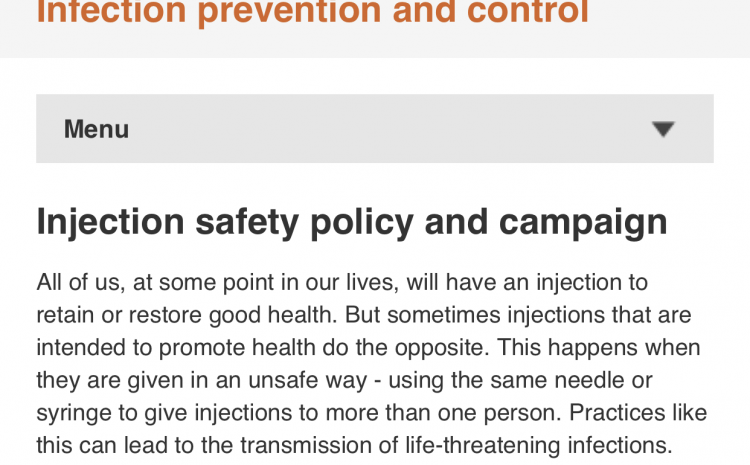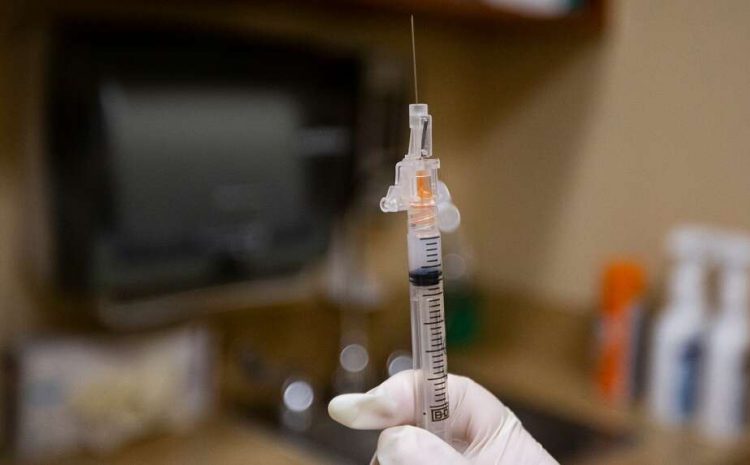Injuries can occur at every stage of needle use, disassembly, or disposal.
A report from the Centers for Disease Control and Prevention (CDC) in the United States lists the following percentages for injury rates from a study with data collected from 1995 to 2007:
Injuries involving hollow-bore needles:
- During or after disposal: 22%
- In transit to disposal.
- Improper disposal.
- During disposal.
- After use, before disposal: 19%
- Activation of safety feature.
- Recap needle.
- During clean up.
- During use: 52%
- Access IV line.
- Transfer/process specimens.
- Pass/transfer equipment.
- Collision with sharp or worker.
- Insertion or removal of needle.
- Other.
Injuries involving solid sharps:
- During or after disposal: 3%
- In transit to disposal.
- During disposal.
- After use, before disposal: 15%
- Sharp left in unusual location.
- During clean up.
- During use of the item: 70%
- Processing specimen.
- Collision with sharp or worker.
- Manipulate sharp in patient.
- Handle, pass, transfer equipment or specimen.
- Suture needle handling.
- Other.
Equipment design, nature of the procedure, condition of work, staff experience, recapping, and disposal have all been mentioned as factors that influence these occurrences.






